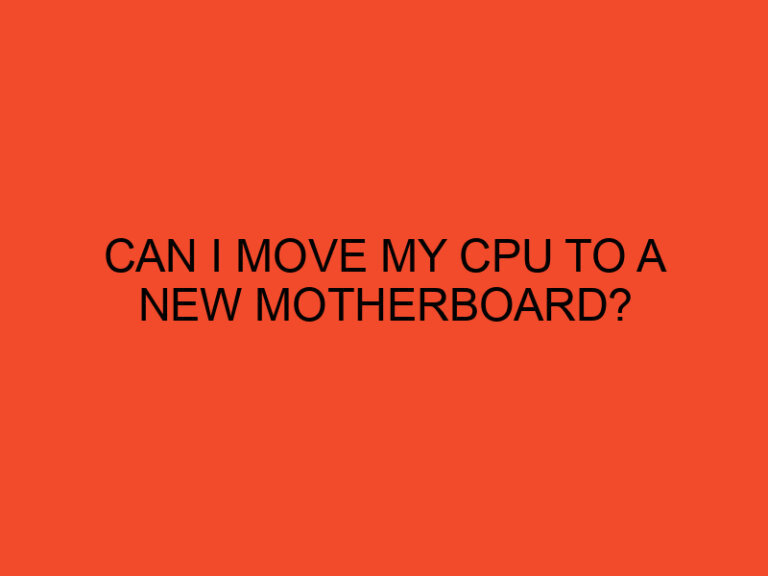Windows Hello is a cutting-edge biometric security system developed by Microsoft. In this article, we will explore the features, benefits, and functionality of Windows Hello, and understand how it enhances security for users. So, let’s dive in and discover what makes Windows Hello an advanced authentication solution.
Table of Contents
- Introduction to Windows Hello
- How Does Windows Hello Work?
- Biometric Authentication Methods
- Setting Up Windows Hello
- Benefits of Windows Hello
- Windows Hello and Passwordless Authentication
- Compatibility with Windows Devices
- Security and Privacy Considerations
- Windows Hello in Enterprise Environments
- Windows Hello in Education
- Future Developments and Improvements
- Conclusion
- FAQs
Introduction to Windows Hello
Windows Hello is a biometric authentication system introduced by Microsoft in Windows 10. It provides a secure and convenient way for users to access their devices and digital content. By leveraging biometric data, Windows Hello replaces traditional passwords with more secure authentication methods like facial recognition, fingerprint scanning, and iris scanning.
How Does Windows Hello Work?
Windows Hello utilizes advanced hardware and software components to verify the user’s identity. It captures and stores unique biometric data, which is then used for authentication during the login process. The system analyzes the biometric information captured by compatible devices and matches it against the enrolled data to grant access.
Biometric Authentication Methods
Windows Hello supports multiple biometric authentication methods, including:
Facial Recognition
Facial recognition technology uses the front-facing camera on compatible devices to identify and authenticate users based on their facial features. It analyzes key facial attributes and maps them to the enrolled data to grant access.
Fingerprint Recognition
Fingerprint recognition utilizes a fingerprint scanner to capture and compare unique fingerprint patterns. It is one of the most popular biometric authentication methods due to its ease of use and high level of accuracy.
Iris Scanning
Iris scanning technology captures the unique patterns of the iris, the colored portion of the eye. It offers a high level of security and accuracy as the iris patterns are highly distinctive and difficult to replicate.
Setting Up Windows Hello
Setting up Windows Hello is a straightforward process. Users can navigate to the Windows Hello settings in the Windows operating system and follow the instructions to enroll their biometric data. The system will guide them through the setup process, ensuring the accurate capture of the chosen biometric information.
Benefits of Windows Hello
Windows Hello offers several benefits over traditional password-based authentication methods:
- Enhanced Security: Biometric authentication methods are more secure than traditional passwords, as they rely on unique physical attributes that are difficult to replicate or guess.
- Convenience: Windows Hello eliminates the need for users to remember and enter complex passwords. Authentication becomes as simple as looking at the camera or placing a finger on the scanner.
- Time-Saving: With Windows Hello, users can quickly and securely log in to their devices, saving valuable time.
- Passwordless Authentication: Windows Hello supports passwordless authentication, reducing the risk of credential theft and phishing attacks.
Windows Hello and Passwordless Authentication
Windows Hello plays a vital role in Microsoft’s vision for a passwordless future. By leveraging biometrics and other secure authentication methods, Windows Hello enables users to log in to their devices and online services without the need for passwords. This approach enhances security and simplifies the authentication process.
Compatibility with Windows Devices
Windows Hello is compatible with a wide range of Windows devices, including desktop computers, laptops, tablets, and smartphones. However, not all devices may have the necessary hardware components, such as a front-facing camera or fingerprint scanner, to support specific biometric authentication methods.
Security and Privacy Considerations
Microsoft has implemented robust security measures to protect the biometric data used by Windows Hello. Biometric information is securely stored on the user’s device and is not transmitted or stored in the cloud. Additionally, the data is encrypted to prevent unauthorized access.
Windows Hello in Enterprise Environments
Windows Hello offers significant advantages for businesses and organizations. It strengthens security by providing an additional layer of authentication, reducing the risk of unauthorized access to corporate resources. Windows Hello can be integrated with existing identity management systems, making it easier for employees to access company devices and networks securely.
Windows Hello in Education
In the education sector, Windows Hello enhances security for students and staff. It simplifies the login process, allowing students to quickly access their devices and educational resources. By eliminating the need for passwords, Windows Hello reduces the risk of unauthorized access and enables seamless user experiences in classrooms and educational institutions.
Future Developments and Improvements
Microsoft continues to invest in research and development to enhance Windows Hello and its biometric authentication capabilities. The company aims to expand the compatibility of Windows Hello across a broader range of devices and improve the accuracy and reliability of biometric recognition. Users can expect future updates and innovations in the field of biometrics and authentication.
Conclusion
Windows Hello is a revolutionary biometric security system offered by Microsoft. By replacing traditional passwords with more secure authentication methods like facial recognition, fingerprint scanning, and iris scanning, Windows Hello enhances security, convenience, and user experience. With its compatibility with various Windows devices and applications in enterprise and education sectors, Windows Hello is driving the adoption of passwordless authentication and setting new standards for biometric security.
FAQs
Is Windows Hello compatible with all Windows versions?
Windows Hello is compatible with Windows 10 and later versions. It may not be available in older Windows operating systems.
Can I use multiple biometric authentication methods with Windows Hello?
Yes, Windows Hello supports multiple biometric authentication methods. Users can enroll and use different methods like facial recognition, fingerprint scanning, or iris scanning.
How secure is Windows Hello compared to traditional passwords?
Windows Hello provides a higher level of security compared to traditional passwords. Biometric authentication methods are unique to each individual, making them difficult to replicate or guess.
What if my biometric data is compromised?
In the event of biometric data compromise, Windows Hello provides additional security measures. Users can re-enroll new biometric information, and the compromised data becomes obsolete.
Is Windows Hello available for mobile devices?
Yes, Windows Hello is available for compatible Windows smartphones and tablets. However, the availability may vary depending on the device’s hardware capabilities.






